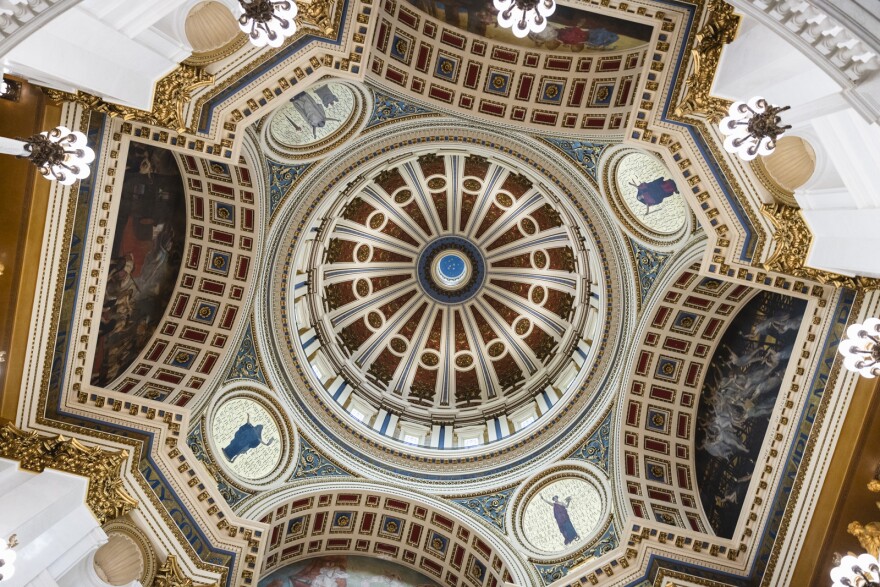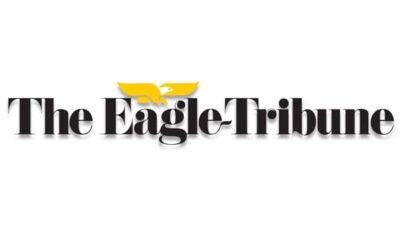Education
Penn State University Boosts Lobbying Expenditures to Influence Lawmakers

Penn State University has significantly increased its lobbying efforts in recent years, outpacing its peers in expenditures aimed at influencing state lawmakers. Over the past two calendar years, Penn State spent approximately $1.7 million on lobbying, surpassing the amounts spent by Temple University ($1.3 million), the University of Pittsburgh ($968,000), and the University of Pennsylvania ($700,000). This rise in spending follows a trend that began after 2020, marking the university’s highest lobbying expenditures since 2008.
The findings, derived from a review of more than 15 years of quarterly lobbying reports from the Pennsylvania Department of State, highlight the challenges in tracking the university’s lobbying activities. Pennsylvania’s disclosure laws, which have faced criticism for their lack of transparency, mandate that organizations disclose the subjects they lobby on and the total costs associated with their lobbying efforts. Yet, the specifics regarding whom is being lobbied remain largely undisclosed.
Philip Hensley-Robin, executive director of Common Cause Pennsylvania, emphasized the need for greater transparency. “It would be a big improvement if we could at least know, for example, if Penn State was lobbying on specific legislation, not just on the budget,” he stated. Current laws require reporting on lobbying subjects and associated costs but lack clarity about individual legislative matters.
Penn State’s lobbying strategy appears multifaceted, focusing on areas such as “economic development,” “education,” “health care,” and the state’s budget. The university collects detailed information when its employees lobby lawmakers, including the nature of their influence efforts and any gifts provided. However, this information is not publicly accessible, as the university is exempt from Pennsylvania’s open records law.
Despite inquiries, a spokesperson for Penn State did not specify the legislation or policies the university was advocating for in Harrisburg. Instead, they stated, “Penn State’s impact on the Commonwealth is tremendous, and, with our multi-campus structure, extensive research portfolio, affiliate locations and Extension services, the University strives to maintain a strong presence in Harrisburg.”
Yearly Trends and Influencing Factors
Quarterly data indicates that Penn State’s spending on gifts and hospitality tends to spike during the latter half of the year, likely coinciding with the football season. Previous emails obtained by Spotlight PA revealed that Penn State’s lobbyists offered tickets to football games to state officials, including Lt. Gov. Austin Davis, in 2023. When asked about the correlation between football games and increased lobbying expenditures, the university spokesperson acknowledged, “Hosting individuals at sporting events is a contributing factor.”
When adjusted for inflation, current President Neeli Bendapudi has spent more on lobbying than her predecessors, averaging $848,000 annually. In comparison, former president Eric Barron spent an average of $761,000 per year during his tenure. The university’s spokesperson noted that there was “not a specific reason for the increase” in lobbying spending.
This increase in lobbying comes at a time when Penn State has the opportunity to enhance its taxpayer-funded support for the first time in years. The Pennsylvania legislature allocates hundreds of millions of dollars annually to Penn State and other state-related universities to help subsidize tuition costs for in-state residents. However, lawmakers have not approved an increase in Penn State’s annual appropriation for the past five years, which means the university has been receiving less funding per student each year due to inflation.
Democratic Governor Josh Shapiro has proposed $60 million for “performance-based funding” for state-related universities. This funding would be allocated based on the schools meeting specific metrics, but the final distribution details remain uncertain pending the ongoing state budget discussions.
Mike Stefan, Penn State’s vice president for government and community relations, informed university trustees in July that he anticipates the university’s appropriation will remain flat. Any potential increase in taxpayer funding will likely stem from the new funding model proposed by the governor.
As lobbying efforts continue to grow, the implications for transparency and accountability remain a pressing issue in the ongoing dialogue about higher education funding in Pennsylvania.
-

 Technology5 months ago
Technology5 months agoDiscover the Top 10 Calorie Counting Apps of 2025
-

 Health3 months ago
Health3 months agoBella Hadid Shares Health Update After Treatment for Lyme Disease
-

 Health3 months ago
Health3 months agoErin Bates Shares Recovery Update Following Sepsis Complications
-

 Technology4 months ago
Technology4 months agoDiscover How to Reverse Image Search Using ChatGPT Effortlessly
-

 Technology1 month ago
Technology1 month agoDiscover 2025’s Top GPUs for Exceptional 4K Gaming Performance
-

 Technology3 months ago
Technology3 months agoElectric Moto Influencer Surronster Arrested in Tijuana
-

 Technology5 months ago
Technology5 months agoMeta Initiates $60B AI Data Center Expansion, Starting in Ohio
-

 Technology5 months ago
Technology5 months agoRecovering a Suspended TikTok Account: A Step-by-Step Guide
-

 Health5 months ago
Health5 months agoTested: Rab Firewall Mountain Jacket Survives Harsh Conditions
-

 Technology5 days ago
Technology5 days agoOpenAI to Implement Age Verification for ChatGPT by December 2025
-

 Lifestyle5 months ago
Lifestyle5 months agoBelton Family Reunites After Daughter Survives Hill Country Floods
-

 Health3 months ago
Health3 months agoAnalysts Project Stronger Growth for Apple’s iPhone 17 Lineup





















